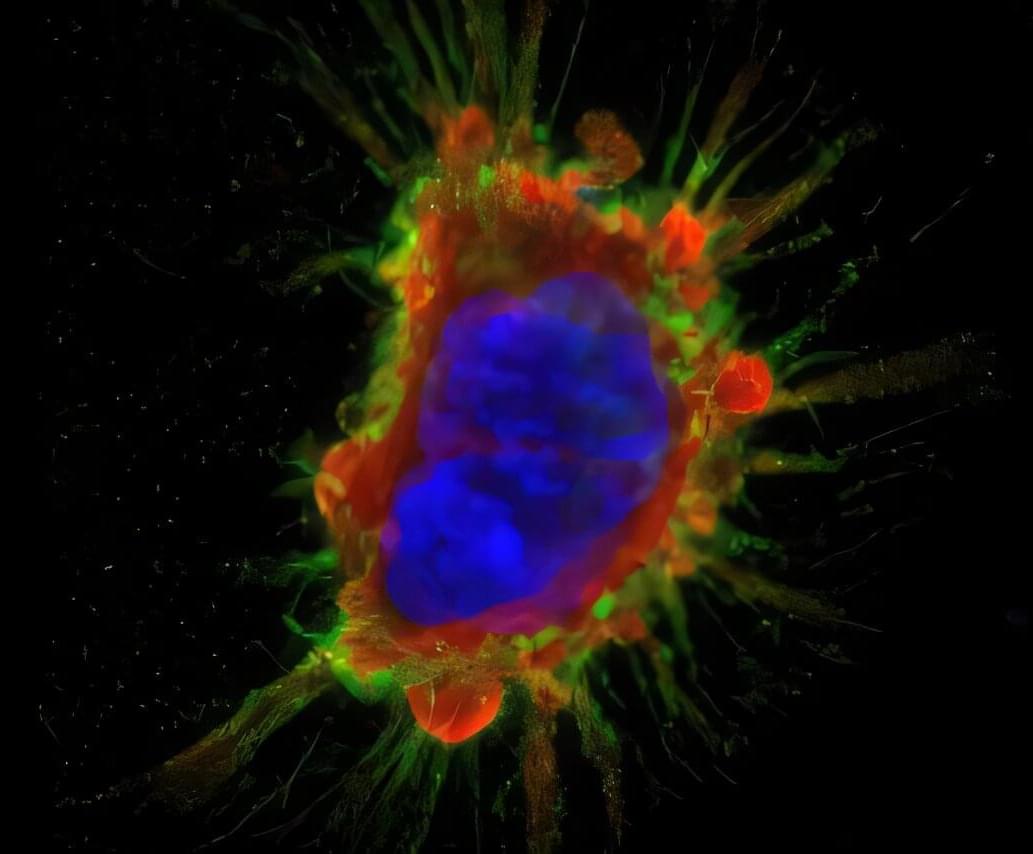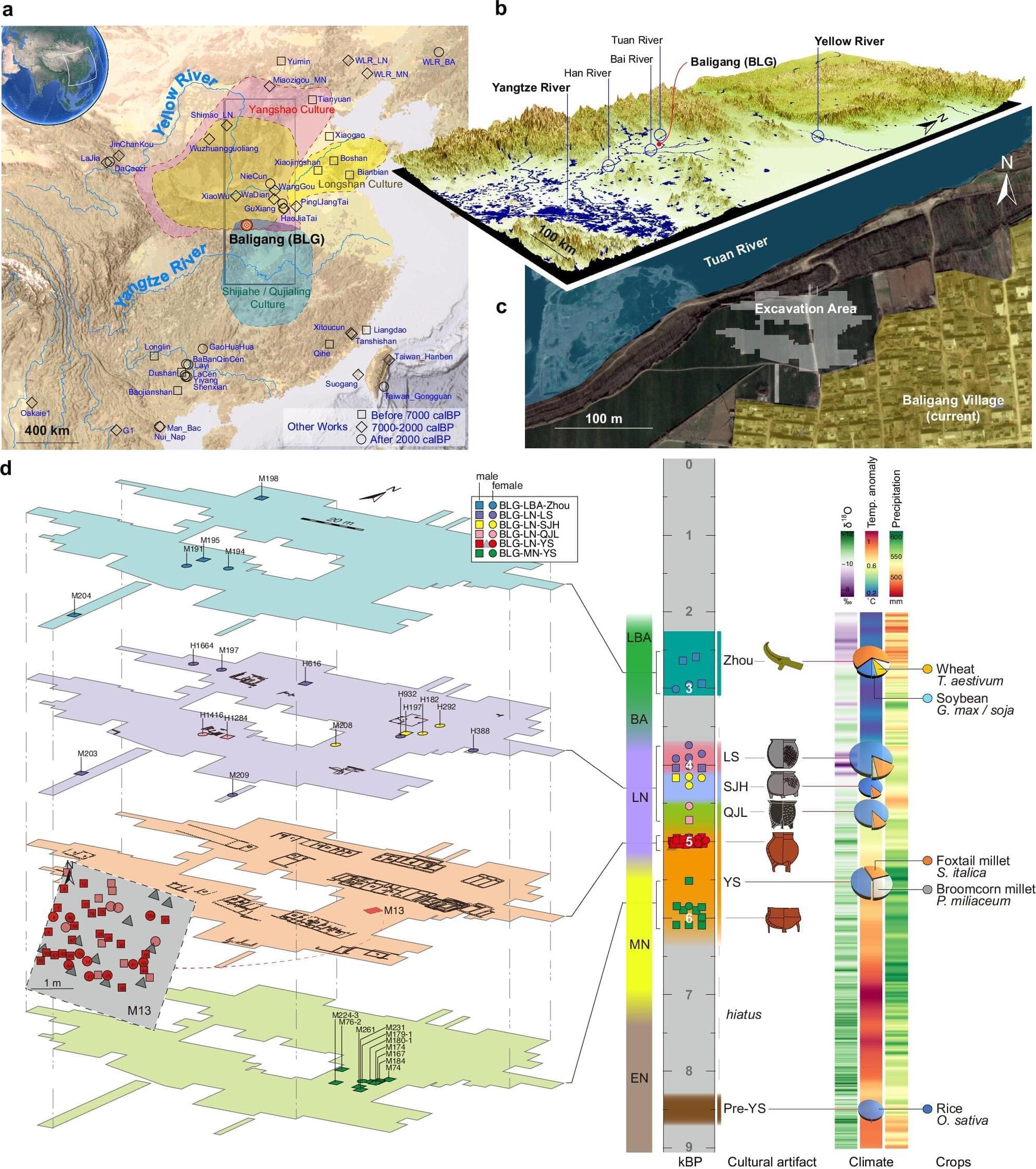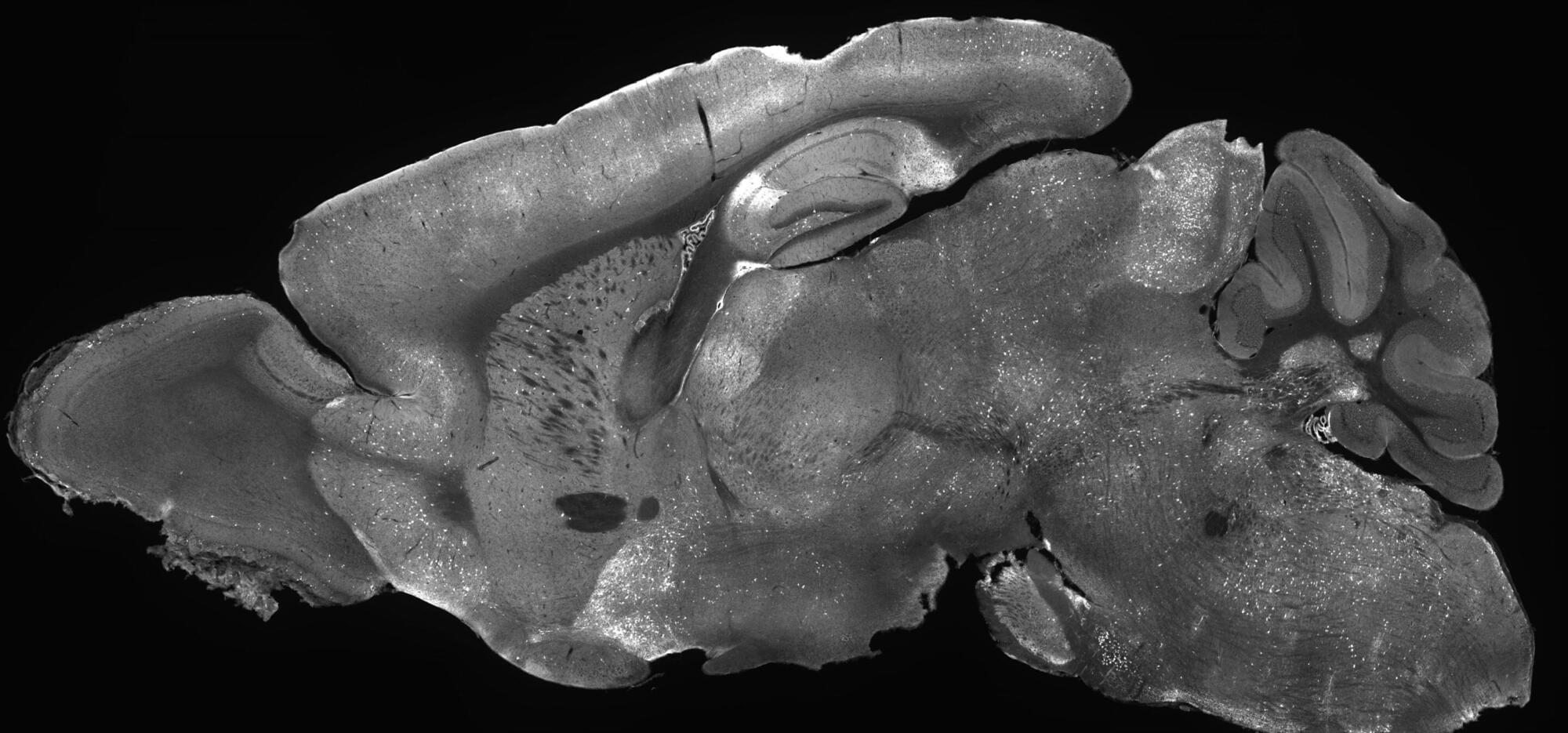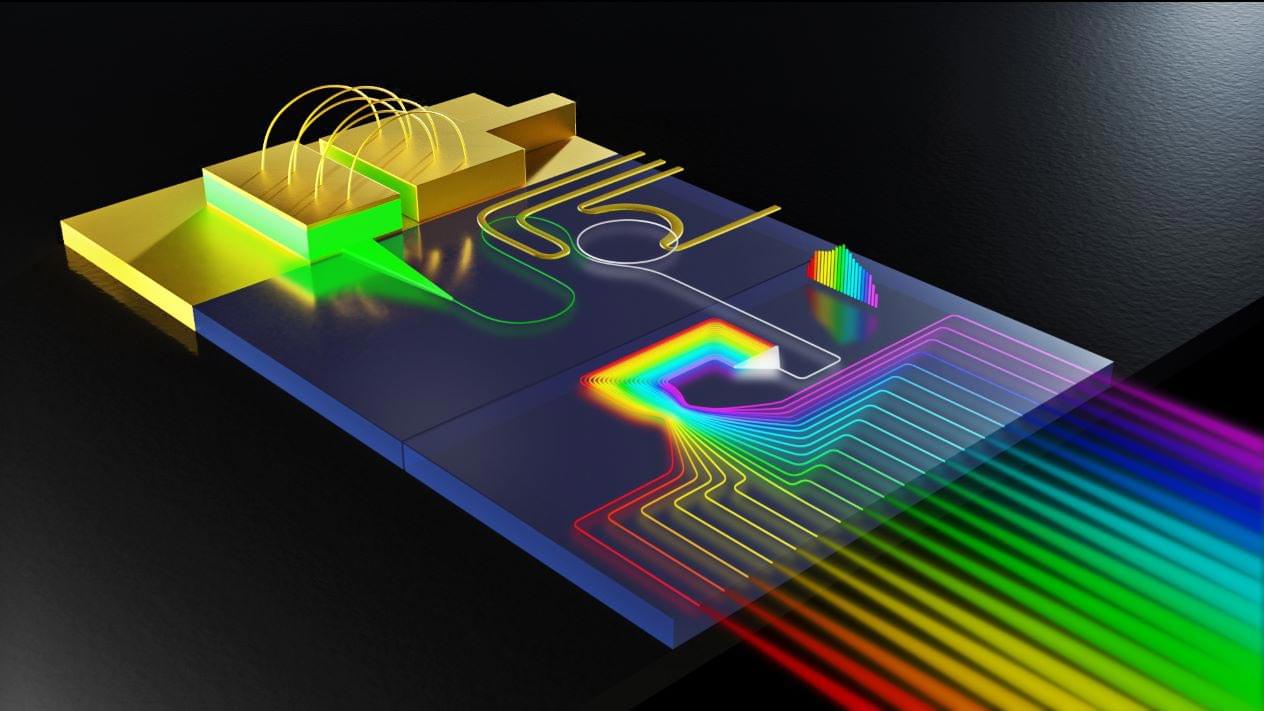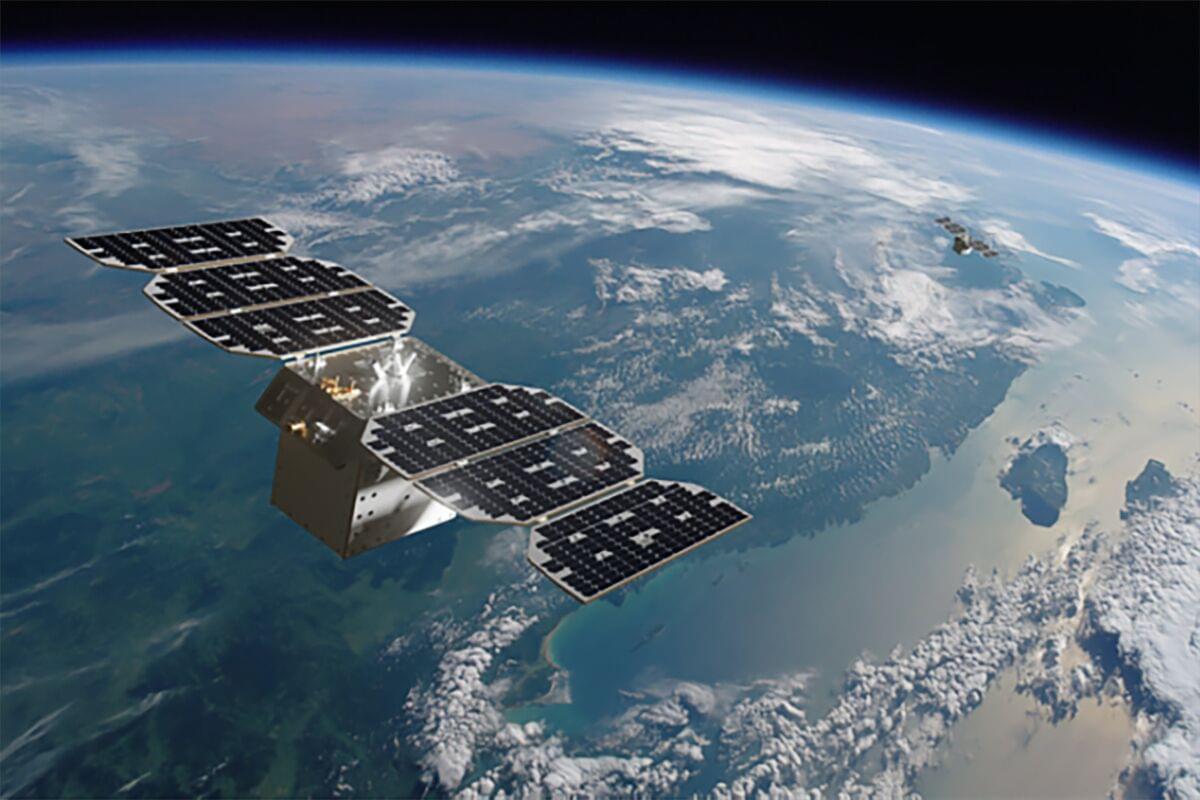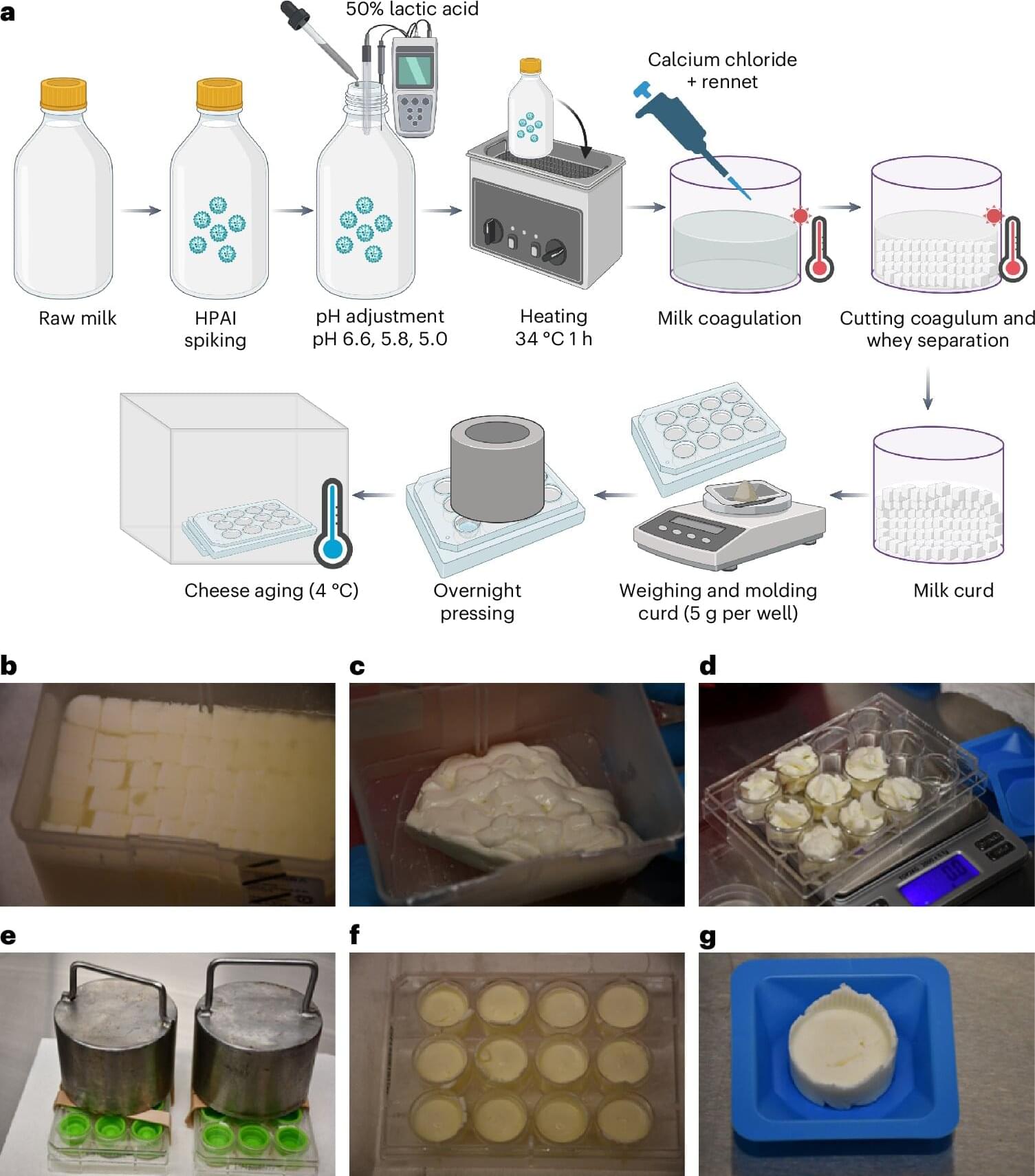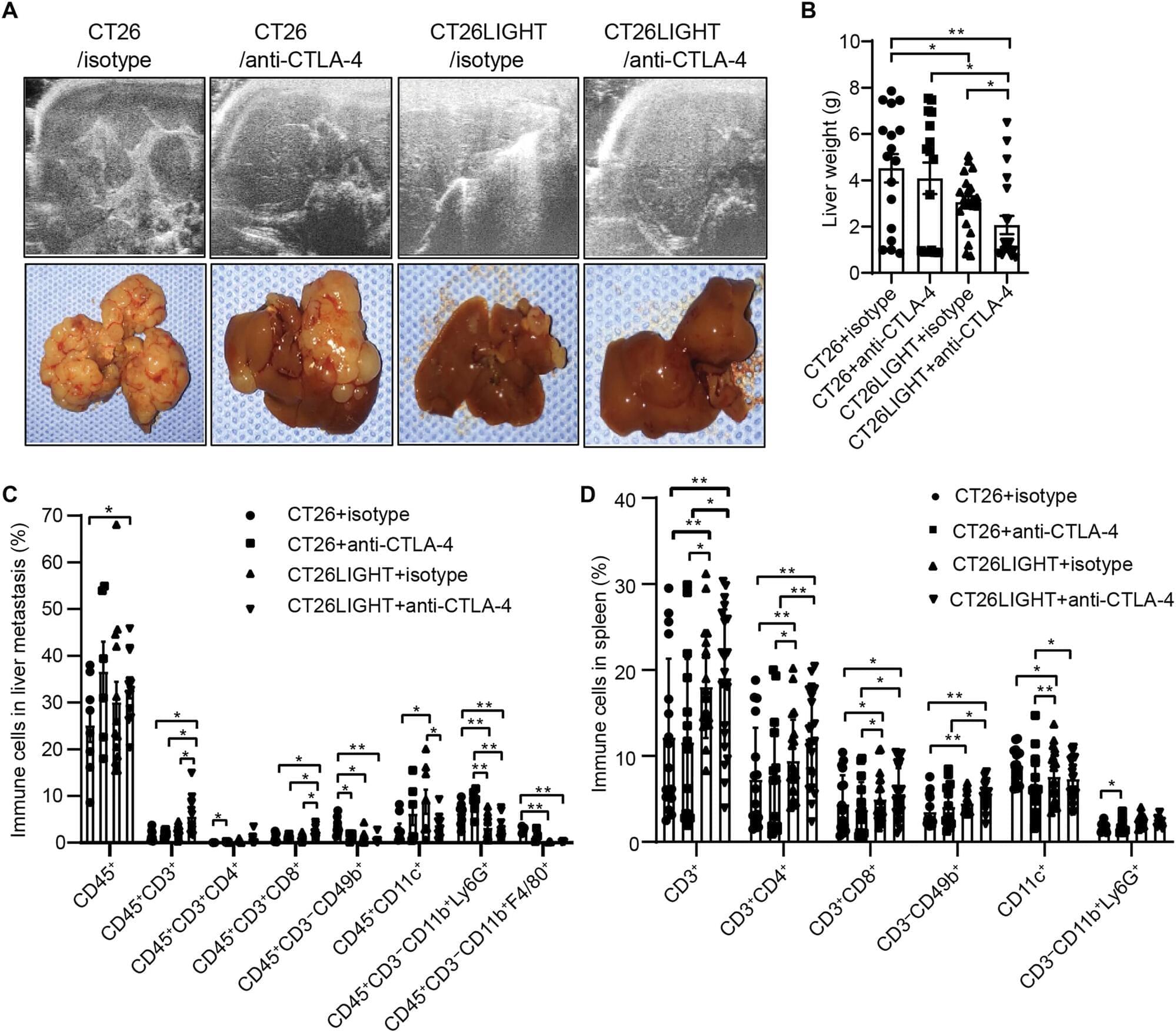UCLA scientists, together with a team of international collaborators, have identified a promising new treatment strategy that can detect, kill and reprogram aggressive, treatment-resistant tumors like osteosarcomas and glioblastoma.
The findings, published in the journal Signal Transduction and Targeted Therapy, describe a novel approach that uses a specially engineered antibody, called DUNP19, to target a protein called LRRC15 that is found on the surface of certain aggressive cancer cells and the supportive stroma cells surrounding them. By pairing the antibody with radioactive particles, scientists can both visualize tumors for precise imaging and deliver targeted radiation therapy directly to cancerous tissue, while sparing healthy tissues.
When tested in mice, the LRRC15-targeted radionuclide therapy effectively slowed tumor growth, extended survival, and altered the tumor microenvironment to make it more receptive to an immune attack.
